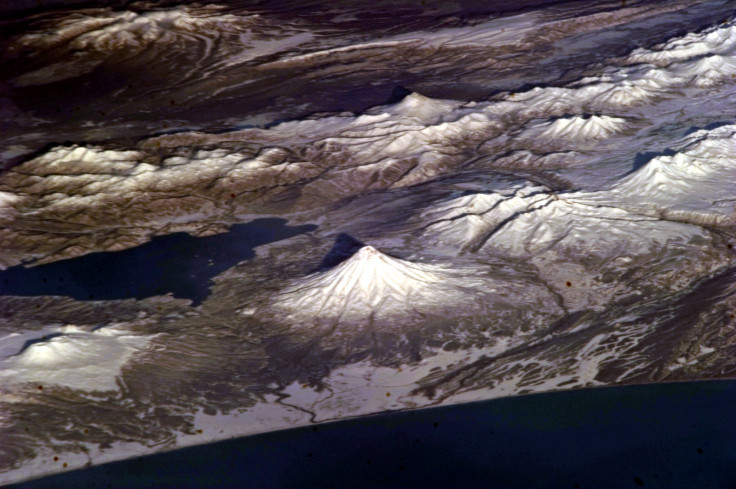Ash from large ancient volcano eruption at the edge of Siberia ended up halfway round the world
The ash was found at the bottom of an Arctic lake in Norway.

Volcanic ash recovered at the bottom of an Arctic lake has been linked to a 7000-year-old eruption that happened more than 5000km away on Russia's Kamchatka peninsula (close to Siberia). The discovery suggests that volcanic ash can travel much farther than was previously thought, even when it originates from a relatively small eruption.
Eruptions are known to impact people living far away from the volcano. The 2010 Icelandic eruption was a potent reminder of this, causing major disruptions to European air traffic for weeks.
In recent years, a growing number of papers have discussed the dispersal range of volcanic ash, and how it affects populations. Researchers have looked at how far ash can travel across the globe, trying to break the record for the greatest distance.
The study recently published in the journal Quaternary Science Reviews does just that, showing that microscopic ash at the bottom of Lake Hajeren on the Arctic Svalbard archipelago (Norway) was produced by the Kamchatkan KS<sub>2 eruption – which took place some 7000 years ago.
Microscopic ash and its signature
The study was made possible by the use of innovative techniques to sort through the lake's sediments and isolate and observe microscopic volcanic ash – also known as "cryptotephra". Individual ash particles were then bombarded by an electron beam to determine their chemistry.
The scientists also dated the sediment layer in which the ash had been found, showing that it dated back to an eruption which occurred between 7,000 and 8,000 years ago.
With all this data in hands, they linked the ash geochemical signature to the large Kamchatkan eruption (still a relatively modest eruption compared to many other eruptions that have taken place in the last millennia).
"Our study really shows how multidisciplinary research efforts can be really helpful. We used data compiled by volcanologists about past eruptions, to find one around 7,000 years ago that matched the geochemical composition of our ash," lead author Willem van der Bilt, researcher at the University of Bergen and the Bjerknes Centre for Climate Research, told IBTimes UK.
The findings suggest that the ash travelled for over 5000 kilometres, raising questions about the factors influencing the dispersal of volcanic ash following an eruption. In the case of the Kamchatkan eruption, meteorological factors – wind strength and direction as well as precipitations – would have played a crucial role.
"It's not just the size of the eruption that determines how far ash can travel. This eruption 7,000 years ago was by no means among the largest eruptions, but what the study shows us that is that if the weather conditions are right, volcanic ash can travel half the planet. It is crucial to take this into account when assessing the threats that an eruption poses," van der Bilt pointed out.
The study also points out that researchers trying studying volcanic ash would do well to look beyond nearby volcanic sources to find a correlation.
© Copyright IBTimes 2025. All rights reserved.






















